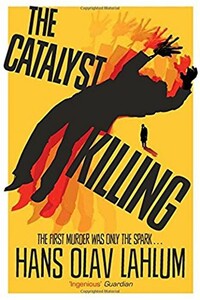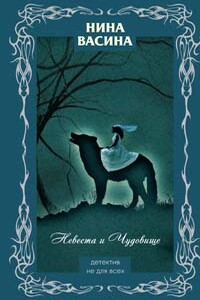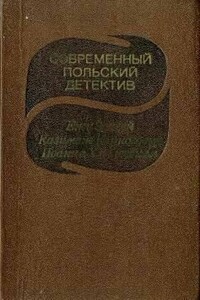Satellite People | страница 101
It had become standard practice that the war was not mentioned unnecessarily when Magdalon Schelderup was present. But the court case from 1945 had been mentioned now and again when he was not there. Lykke added with a dry laugh that the Conservatives had a habit of dealing with sensitive issues in this way. However, he did not remember the issue from the war being raised in connection with the question of Schelderup’s renomination in 1953. Lykke had certainly never mentioned it himself at that time.
Continuing in this jolly and frank vein, the foreign minister added that he had not been sorry when Schelderup decided not to stand again in the general election.
‘We needed a right-wing coalition, and he was not someone who promoted that. He was far too conservative for those on the left, and too urban for members of the Centre Party. And the Christian Democrats strongly disapproved his divorces.’
I understood what he was saying and had to reluctantly concur with Jonas Lyke that there was not much of relevance to the murder inquiry here either. As a politician, Magdalon Schelderup had been respected, but not liked, not even within his own party. He appeared to have left politics of his own volition, and if it was the case that he was pushed, it certainly seemed to have nothing to do with events during the war. I did not think that Jonas Lykke knew anything more of importance about the war, and was fairly sure that if he did, I would not be able to wheedle it from him.
So I thanked the foreign minister cordially for his time. He shook my hand and jokingly wished me luck with ‘both the spring murder investigation and the autumn election’.
The final seat in Oslo was evidently very uncertain and could be decisive, according to the sheet on the top of the left-hand pile that I glanced at as I left the room. Jonas Lykke had already turned his attention back to the papers by the time I closed the door behind me.
XI
The yellowing papers from the war were waiting on my desk when I got back to the office.
According to these papers, the NS member whose house Magdalon Schelderup and Ole Kristian Wiig had visited on Liberation Day 1945 was called Jens Rune Meier.
I quickly found the case in the archive for unsolved murders under 1942, and could thus confirm that Wendelboe had thus far proved to be reliable. Jens Rune Meier had indeed been shot when out skiing at the start of Easter 1942. The operation had obviously been well planned. The police found the tracks of the perpetrators, who had clearly been familiar with his route and lain in wait behind some undergrowth on a more deserted stretch. The ski tracks led back to the car park, and even though considerable resources were given to the case, not enough evidence was found to pursue it.



